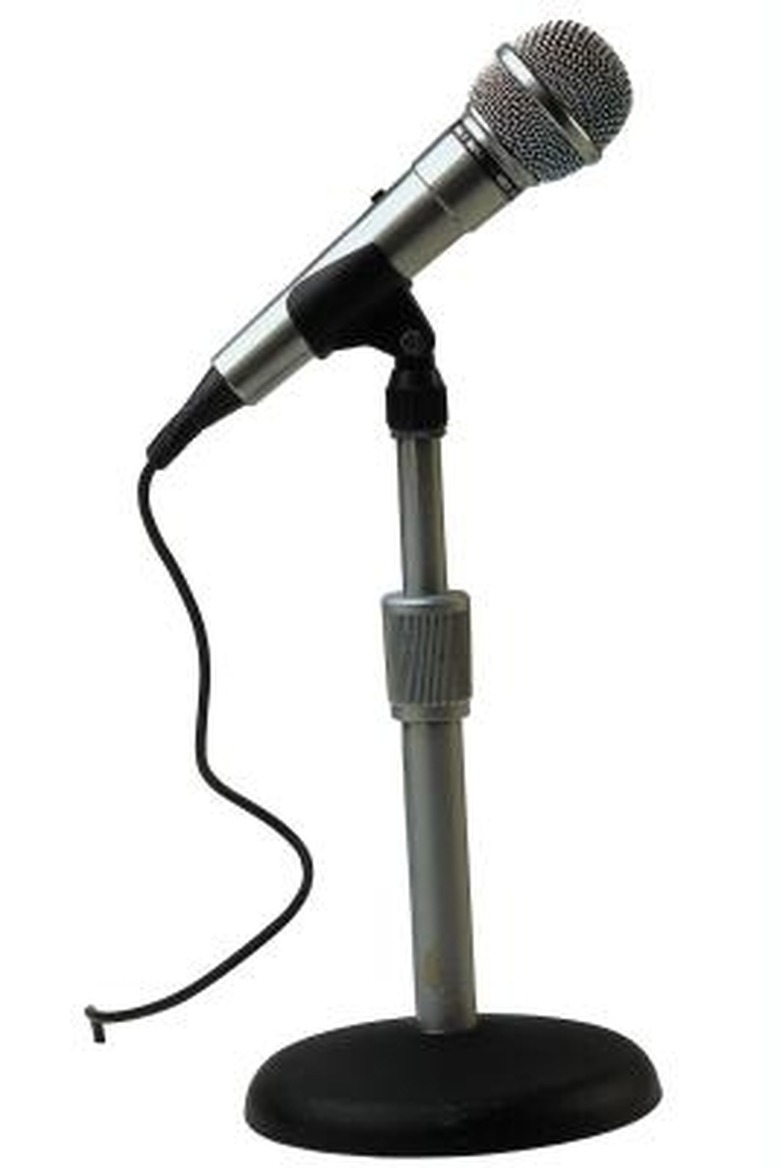How Does A Transducer Work?
A transducer is a device that senses input energy in one form and translates it into another form. The word may be unfamiliar, but examples of transducers include many everyday objects and devices. Among the most familiar examples is the speaker. Electrical impulses cause a speaker to vibrate and bounce in and out. The speaker itself is an electromechanical kind of transducer. The "electro-" part refers to the input being electrical. The "mechanical" part refers to the output being mechanical, since the speaker is a cone that vibrates and moves. This vibration and movement generate pressure waves in the air we call sound waves.
In a way, our ears and brains are transducers because they receive the pressure waves and sort of reverse what the speaker did. They convert pressure waves into electrical brain impulses that allow us to perceive them as sound.
There are many other examples of transducers. A light bulb is, by definition, a transducer. It takes electrical energy and converts it to light (and heat) energy. We usually don't go around calling speakers and light bulbs "transducers."
An example of a less common transducer would be in a tankless or on-demand electric water heater. Inside the water heater, in a tube that the cold water supply flows through before it is heated, is a little propeller or "impeller," as it may be called. What this impeller does is to spin but only when someone in the house turns on the hot water. Whenever there's no hot water faucet in the house opened or turned on, this little impeller is stationary.
The second a hot water faucet is opened, this impeller spins rapidly. The force of the water jetting trough this tube causes the impeller to spin. This triggers a sensor that switches on the electric current. And this heats the water as it flows through the heating elements in the water heater. When the hot water faucet is closed, the impeller stops spinning, and this tells the sensor to shut the electric current off. The little device with the impeller and the sensor that accomplishes this trick each time the hot water is turned on or off is a transducer. Its input is mechanical in the form of flowing water. Its output is electrical in the form of heat.
Since the little device in the water heater doesn't have a familiar household name like "light bulb" or "speaker", it is simply called a transducer.
Cite This Article
MLA
Miller, Donald. "How Does A Transducer Work?" sciencing.com, https://www.sciencing.com/a-transducer-work-4928874/. 24 April 2017.
APA
Miller, Donald. (2017, April 24). How Does A Transducer Work?. sciencing.com. Retrieved from https://www.sciencing.com/a-transducer-work-4928874/
Chicago
Miller, Donald. How Does A Transducer Work? last modified March 24, 2022. https://www.sciencing.com/a-transducer-work-4928874/
